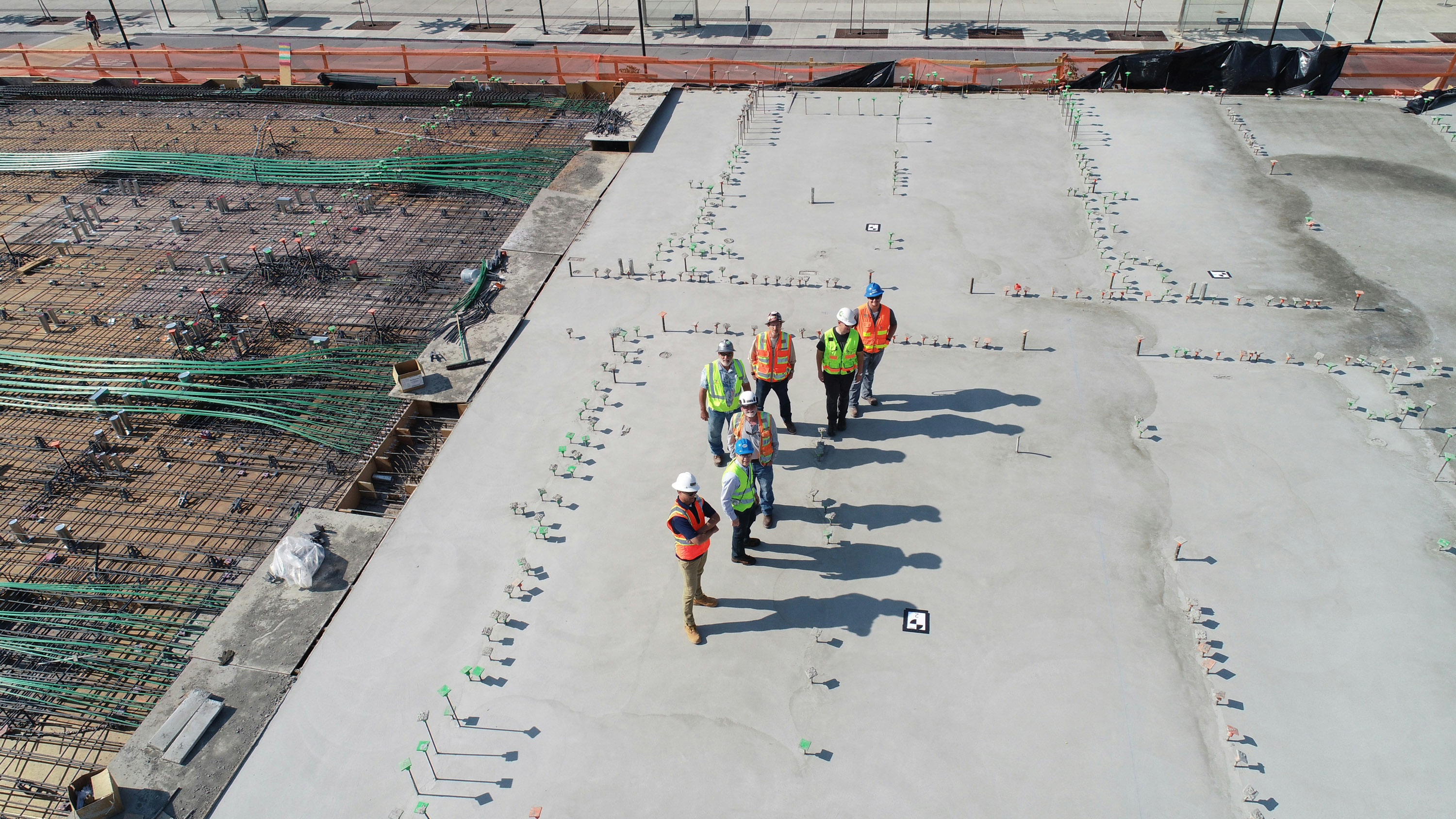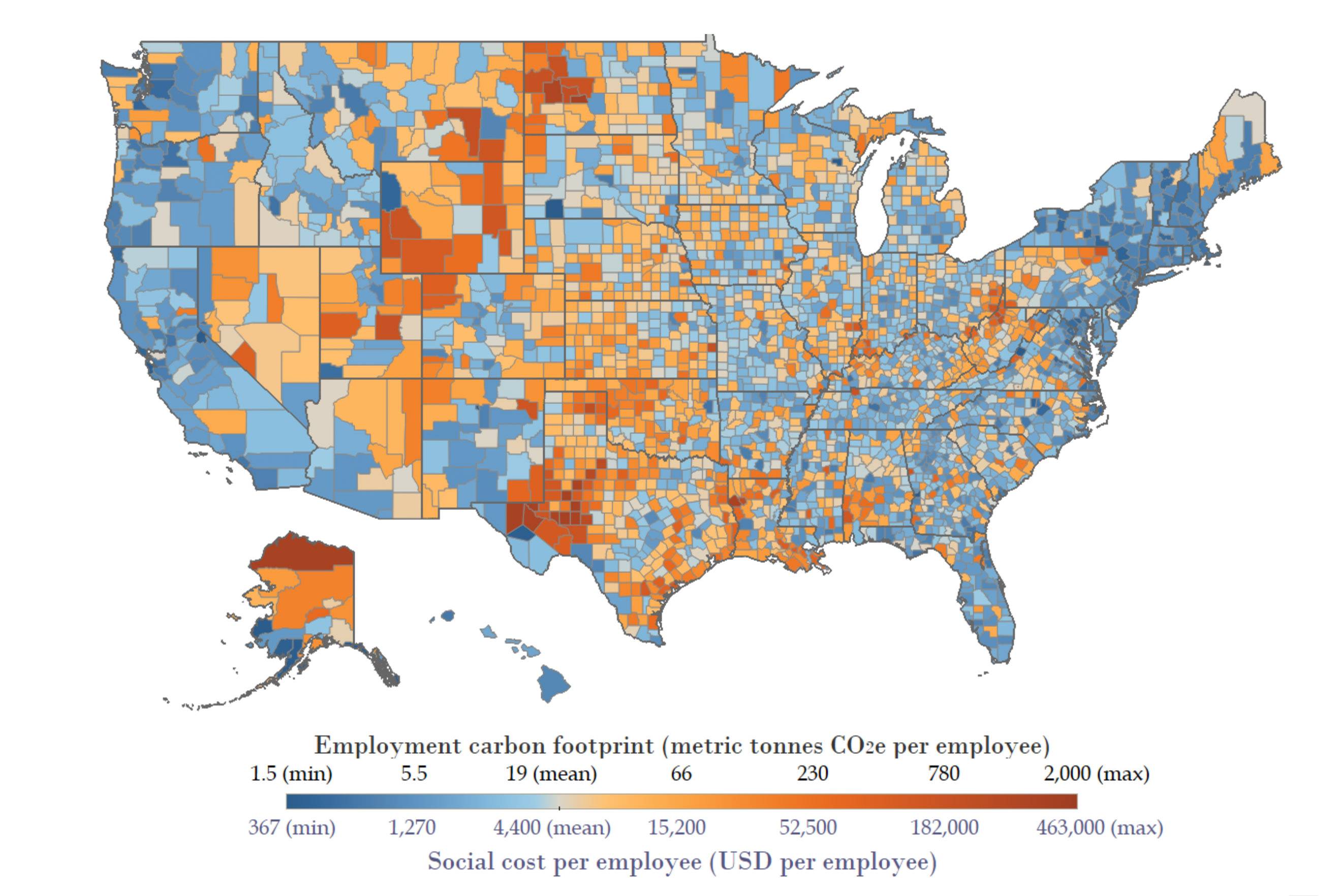The energy transition’s effects on jobs
A new study maps where the US employment market will change most during the move to clean energy.

A county-by-county analysis by MIT researchers shows the places in the US that stand to see the biggest economic changes from the switch to cleaner energy because their job markets are most closely linked to fossil fuels.
While many of those places have intensive drilling and mining operations, the researchers find, areas that rely on industries such as heavy manufacturing could also be among the most significantly affected—a reality that policies intended to support American workers during the energy transition may not be taking into account, given that some of these communities don’t qualify for federal assistance under the Inflation Reduction Act.

“The impact on jobs of the energy transition is not just going to be where oil and natural gas are drilled,” says Christopher Knittel, an economist at the MIT Sloan School of Management and coauthor of the paper. “It’s going to be all the way up and down the value chain of things we make in the US. That’s a more extensive, but still focused, problem.”
Using several data sources measuring energy consumption by businesses, as well as detailed employment data from the US Census Bureau, Knittel and Kailin Graham, a master’s student in the Technology and Policy Program, calculated the “employment carbon footprint” of every county in the US.
“Our results are unique in that we cover close to the entire US economy and consider the impacts on places that produce fossil fuels but also on places that consume a lot of coal, oil, or natural gas for energy,” says Graham. “This approach gives us a much more complete picture of where communities might be affected and how support should be targeted.”
He adds, “It’s important that policymakers understand these economy-wide employment impacts. Our aim in providing these data is to help policymakers incorporate these considerations into future policies.”
Keep Reading
Most Popular
Large language models can do jaw-dropping things. But nobody knows exactly why.
And that's a problem. Figuring it out is one of the biggest scientific puzzles of our time and a crucial step towards controlling more powerful future models.
How scientists traced a mysterious covid case back to six toilets
When wastewater surveillance turns into a hunt for a single infected individual, the ethics get tricky.
The problem with plug-in hybrids? Their drivers.
Plug-in hybrids are often sold as a transition to EVs, but new data from Europe shows we’re still underestimating the emissions they produce.
Stay connected
Get the latest updates from
MIT Technology Review
Discover special offers, top stories, upcoming events, and more.